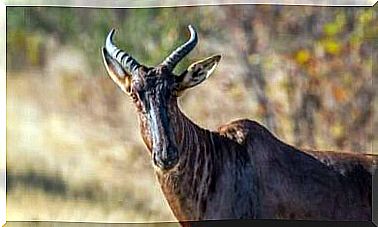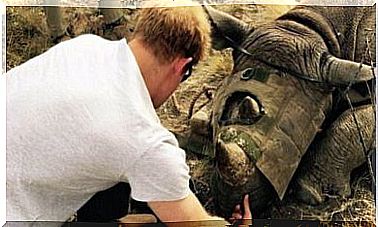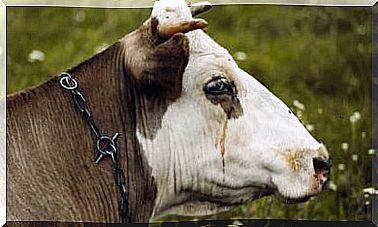The Biggest Bird In History
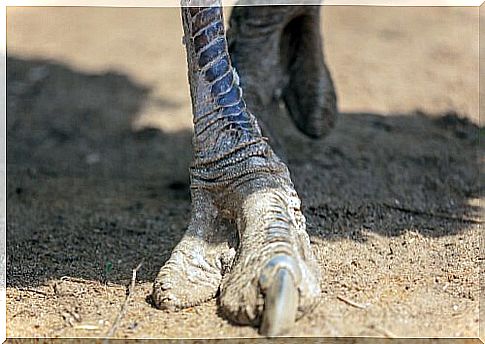
Finding the largest bird in history is something that will always be a passion for paleontologists. Although currently the ostrich is the largest of all birds, the vorombe was a bird that weighed more than 800 kilos.
The vorombe, the biggest bird in history
The Vorombe titan bird is the largest of the elephant birds, which were birds of Madagascar similar to ostriches but much larger.
The discovery was made by the Zoological Society of London, an institution that feeds back into the city’s zoo. The research allowed to separate the elephant birds into three genera and at least four different species.
Like ostriches, these would be non-flying birds that lived during the Quaternary. Several species have been discovered, such as Aepyornis maximus, but none of them surpasses the vorombe.
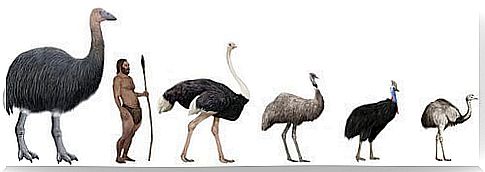
The researchers’ estimates were based on calculations made from their bones. It is estimated that the animal could exceed three meters in height and weigh at least 730 kilos. However, an incomplete femur shows that they could reach 860 kg in weight.
This is totally different from the weight of running birds today: although ostriches can also reach three meters, they are much less robust, and barely reach 180 kg, so the vorombe is clearly a much larger bird.
The extinction of the biggest bird in the world
Elephant birds were animals that influenced all of Madagascar’s fauna and flora, possibly on a larger scale than giant lemurs.
The extinctions of giant animals on this island are among the best known to researchers. The most curious thing is that the extinction of the largest bird in the world was not so long ago: the remains studied are only 1000 years old.
This makes researchers wonder about the reasons for the extinction of the largest bird in the world. As with the rest of the elephant birds and other giant animals of Madagascar, such as lemurs, it is likely that the presence of man led to the extinction of this animal.
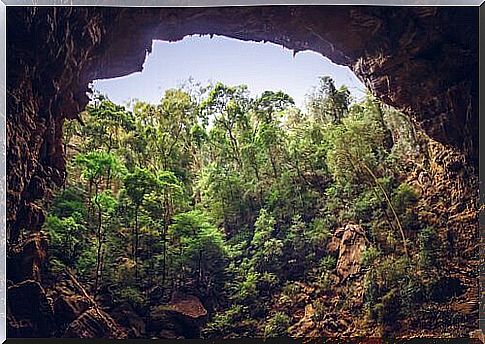
Possible causes of extinction
There are several studies that associate the extinction of Madagascar’s megafauna with the late colonization that the island suffered at the hands of man, which led to the disappearance of virtually all wild animals weighing more than ten kilograms, including endemic hippos, primates and birds.
Generally, these extinctions are associated with human land use, as is the case with traditional cultivation in Madagascar, in which the land is previously burned.
Also, hunting could be another reason, as cut marks have been found on both elephant bird bones and giant lemur bones.
What is clear is that the world’s largest bird was probably of great importance to Madagascar’s habitats. It is necessary to remember that animals that feed on plants are fundamental in ecosystems to disperse seeds, especially larger ones.
The disappearance of Madagascar’s large herbivores has resulted in the fact that many plants no longer have their main form of dispersal. There are large seeds that were only consumed by the giants of Madagascar, and whose dispersion is hardly happening today.
